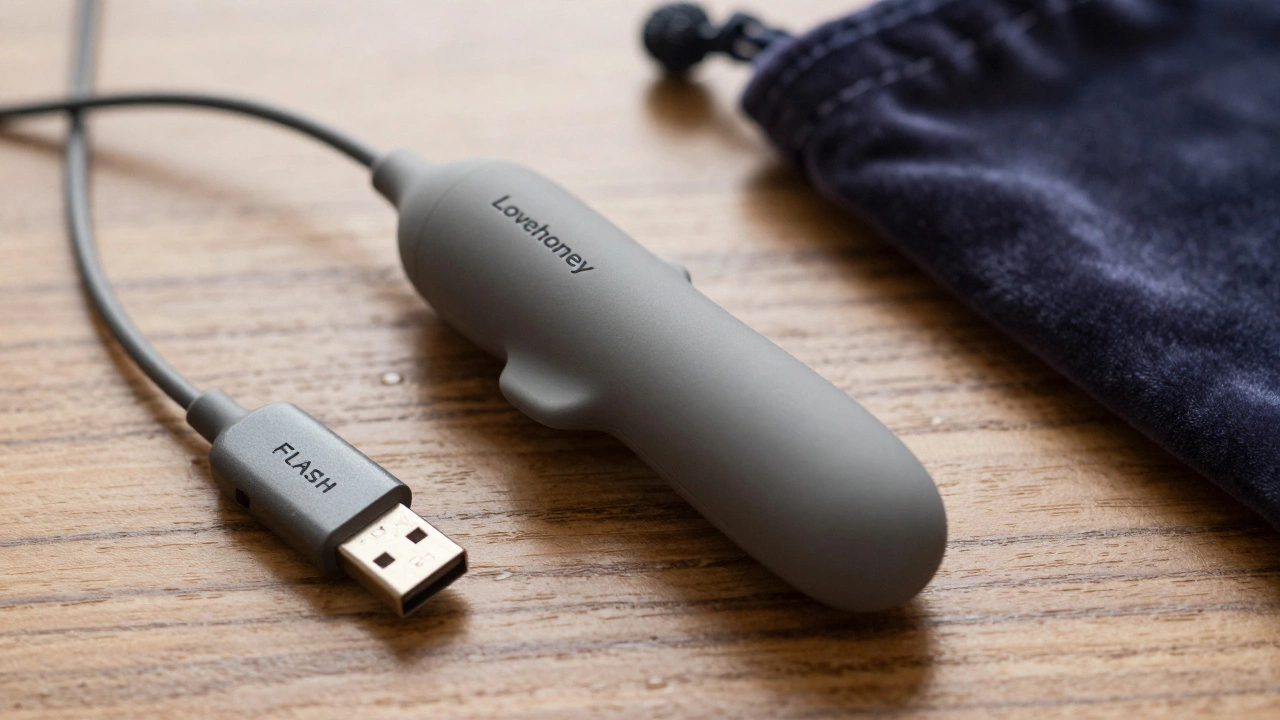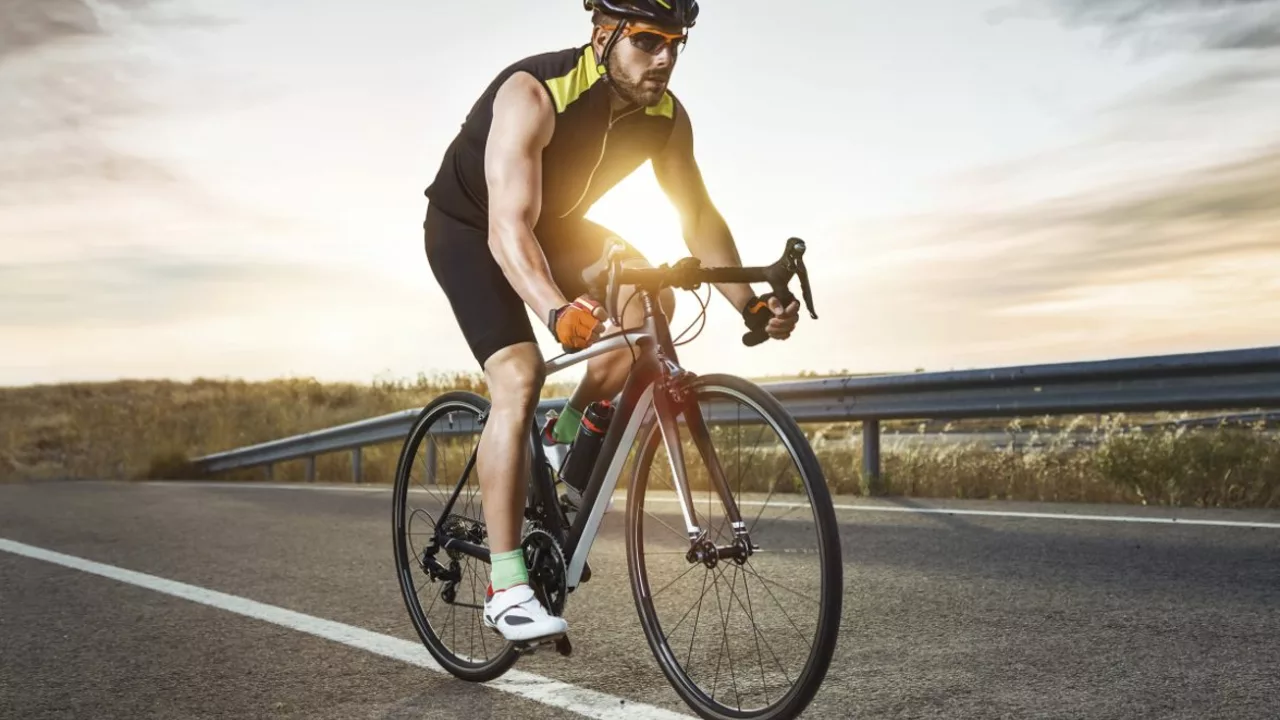Health & Fitness Tips for Cyclists
If you love riding a bike, you already have a solid foundation for staying fit. But there’s more you can do to turn a casual spin into a real health boost. In this guide we’ll break down why cycling works so well for your body, share easy ways to keep improving, and point out a few safety bits that can make every ride smoother.
Why Biking Boosts Your Health
First off, biking is a low‑impact cardio workout. Your heart gets a solid workout without pounding your joints like jogging can. That means you can ride longer and see real gains in stamina without the aches that keep you off the bike. Plus, you’re building leg strength at the same time – quads, calves, glutes all get a solid session every time you push the pedals.
Beyond the muscles, cycling lowers stress. The rhythm of pedaling, fresh air, and the chance to focus on the road clears your mind. Many riders report feeling less anxious after a ride, and that mental boost often carries over into work and home life. Add a bit of sunshine and you’re also soaking up vitamin D, which helps mood and bone health.
Another hidden win is calorie burn. Depending on speed and terrain, you can torch 300‑600 calories per hour. Combine that with a balanced diet and you’ll see weight management improvements without feeling like you’re on a diet. And because bikes don’t need gas, you’re saving money while getting fit – a win‑win for your wallet and the planet.
Staying Safe and Staying Fit
Safety is the backbone of any fitness plan. A single crash can set you back weeks, so gear up right. A well‑fitted helmet, bright lights, and reflective clothing are non‑negotiable, especially in traffic. Check your tires before every ride – proper pressure makes handling smoother and reduces the chance of a flat.
Plan your routes with mixed terrain. Flat, smooth paths are great for building a base, while hills add strength work. If you’re new to hills, start with short climbs and gradually increase the length. This progressive approach prevents over‑training and keeps motivation high.
Don’t forget recovery. After a hard ride, stretch the major muscle groups for a few minutes. A quick foam‑roll session can bust lingering tension and speed up blood flow. Hydration matters too – sip water during the ride and refuel with a small snack that has carbs and protein within 30 minutes of stopping.
Finally, track your progress. A simple app or notebook can log distance, average speed, and how you felt. Seeing numbers improve over weeks is a natural motivator and helps you spot patterns, like which days you’re strongest or when fatigue creeps in.
Whether you’re riding to work, training for a race, or just cruising on weekends, these health and fitness tips can turn every pedal stroke into a step toward a healthier you. Keep it simple, stay safe, and let the road be your gym.
Lovehoney Flash USB Rechargeable Mini Vibrator Review: Compact, Powerful, and Discreet
The Lovehoney Flash USB Rechargeable Mini Vibrator offers powerful, quiet, and discreet stimulation in a compact design. Perfect for travel, daily use, or private moments, it's rechargeable, waterproof, and made from body-safe silicone.
What are the benefits of bicycling? Are there any drawbacks?
Biking has many benefits, it's not only a great form of exercise but also eco-friendly, reducing carbon emissions. It can improve mental health by reducing stress and anxiety, and it's lighter on the wallet compared to maintaining a car. However, it's not without drawbacks - safety can be a concern, especially in heavy traffic, and it may not be practical for long distance commuting or during harsh weather conditions. Overall, I believe the benefits outweigh the downsides, making bicycling a fantastic choice for many of us.

